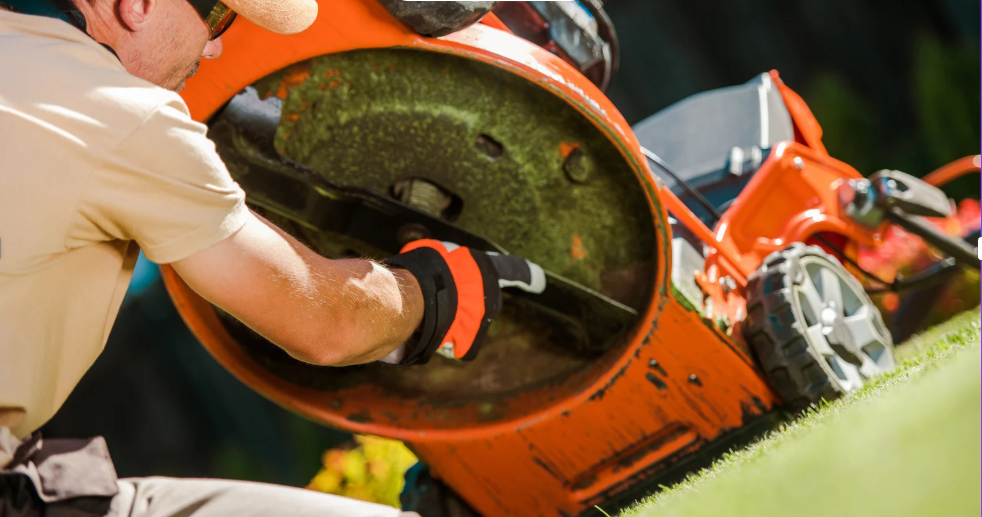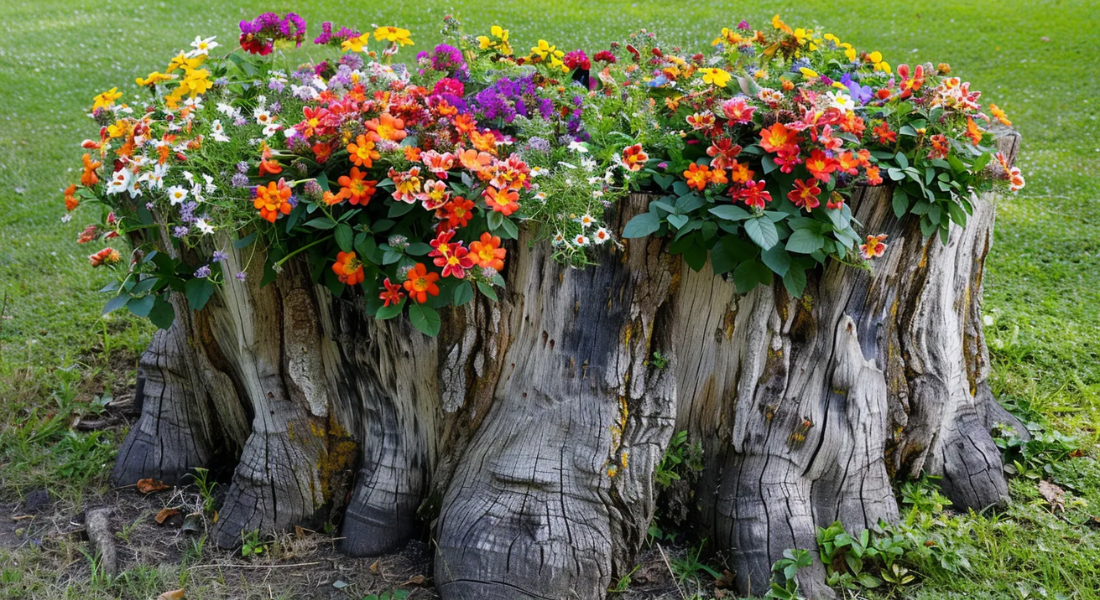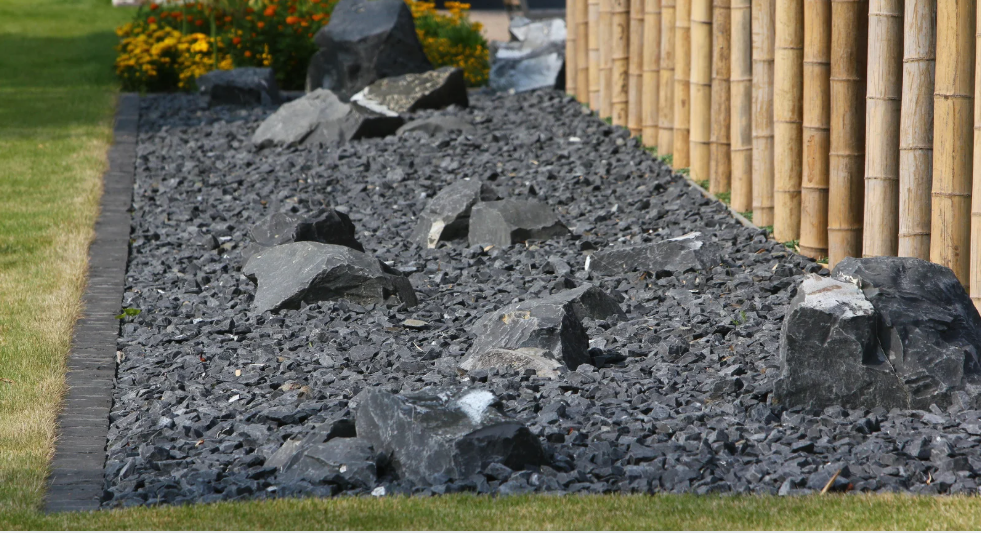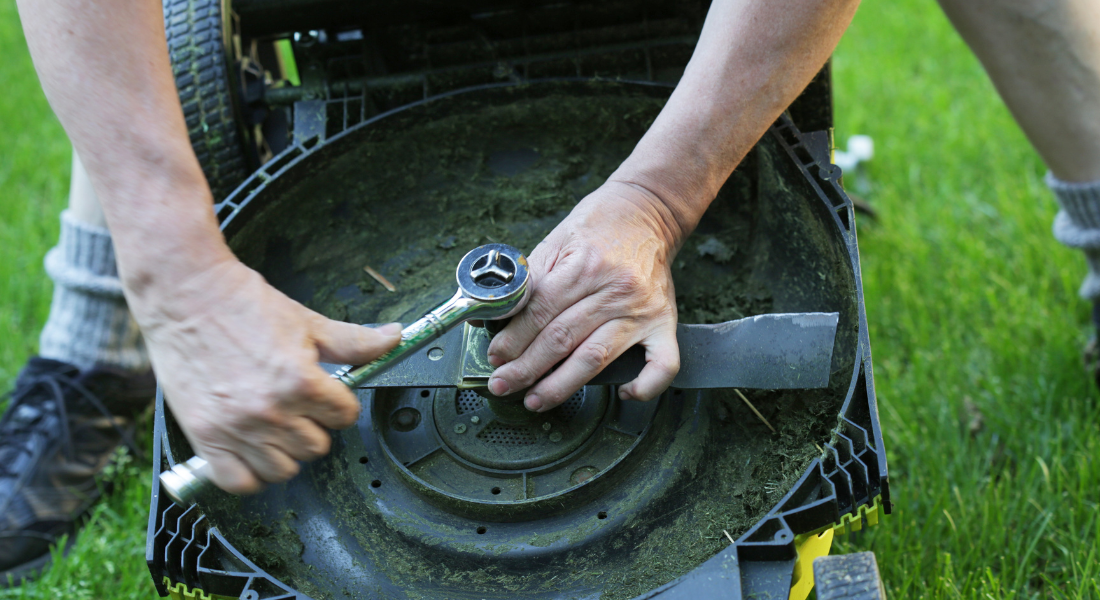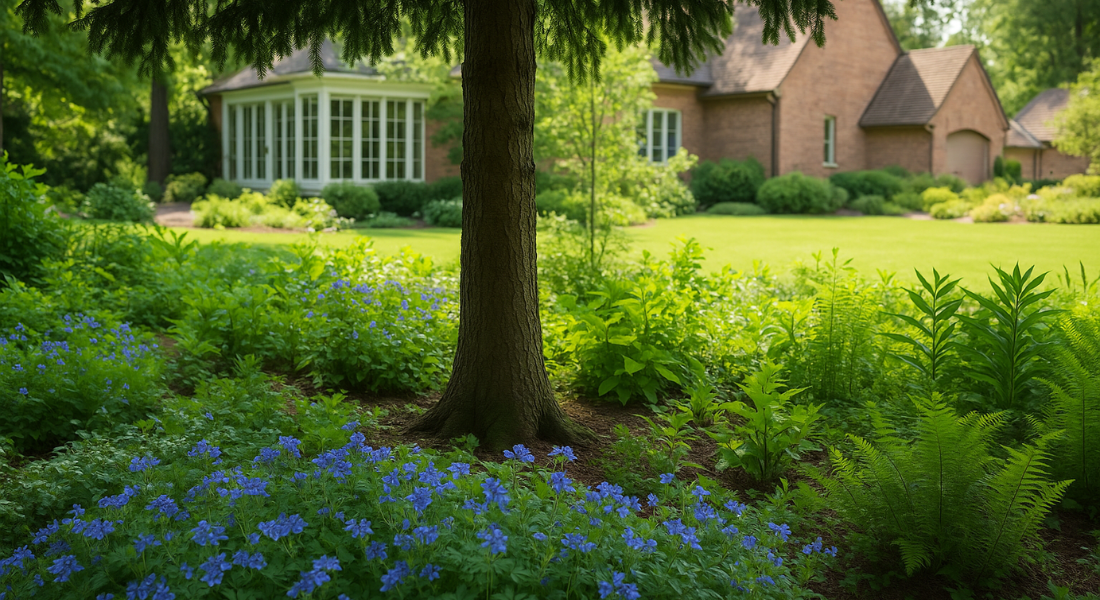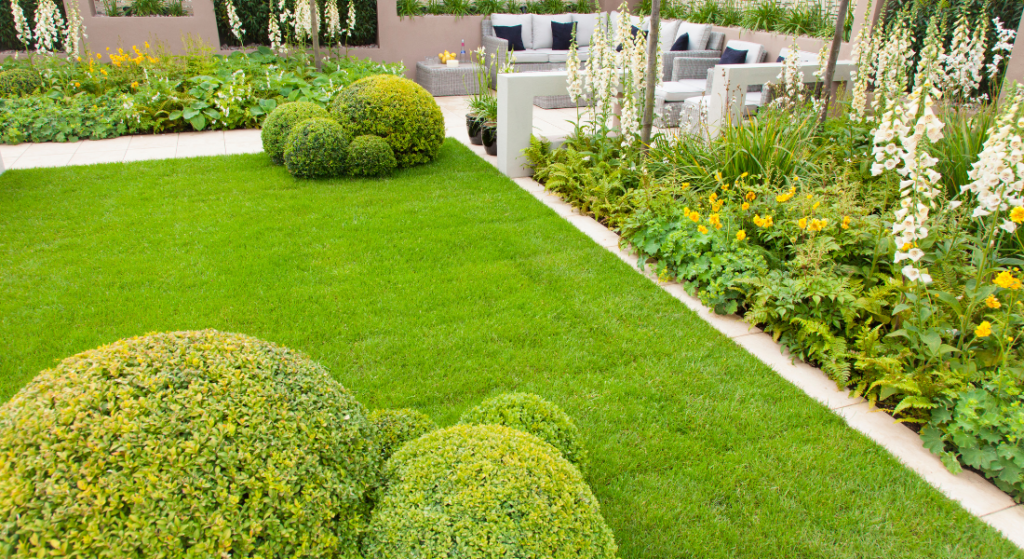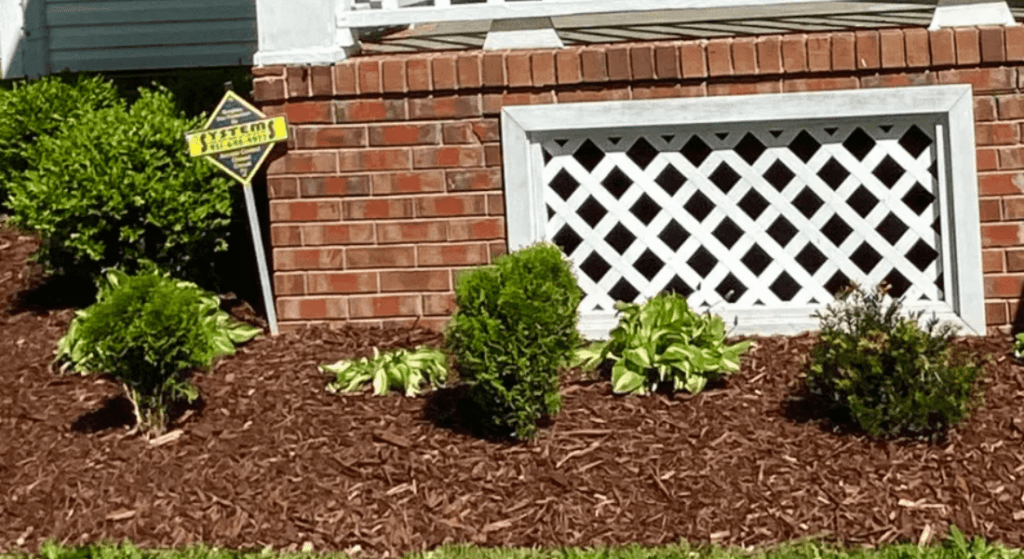Sod vs Seed: Which is the Best Option for Your Lawn?
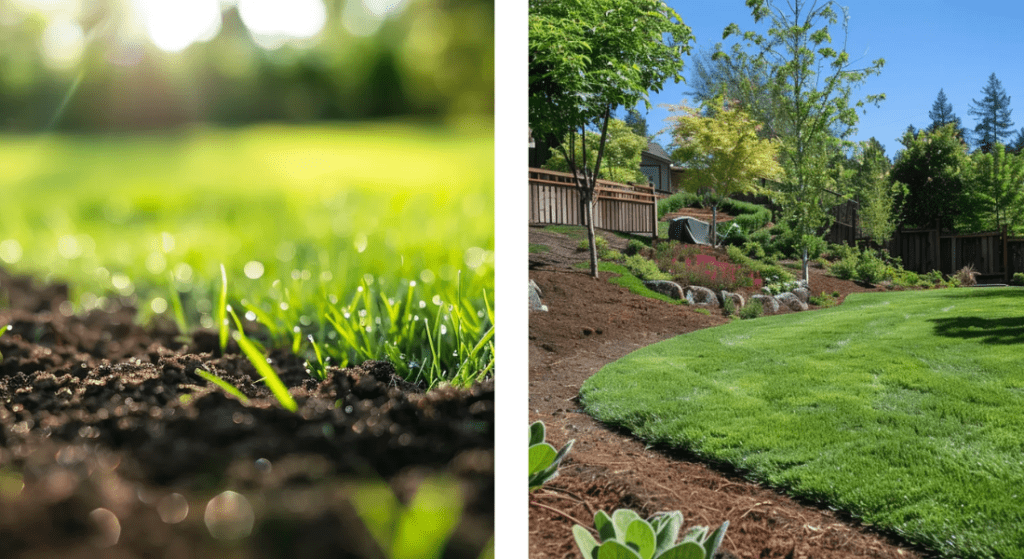
Creating the perfect lawn can be tough, especially when you’re stuck deciding between sod and seed. Choosing the wrong option could leave you with more work, higher costs, or a longer wait for that green, vibrant lawn you want.
But don’t worry! In this guide, we’ll break down the differences between sodding and seeding, so you can make the best choice for your needs, budget, and timeline. Whether you’re a homeowner or a business owner, you’ll find the insights you need to grow a healthy, beautiful lawn that lasts.
What is the Difference Between Seeding and Sodding?
Before choosing between sod and seed for your lawn, it’s important to understand how they differ.
- Sod: Pre-grown grass that comes in rolls with soil and roots attached. It gives you an instant lawn and can transform your yard in just a few hours.
- Seed: Involves spreading grass seed over prepared soil. It takes more time for the seeds to grow into a full lawn.
Sod offers the advantage of a ready-made lawn, but it costs more than seeding. Seeding is less expensive and allows you to choose from a wider range of grass types, making it easier to match your lawn to your local climate and soil. However, it requires more time and patience to see results.
How Do Climate and Soil Conditions Affect Sod and Seed?
Your local climate and soil conditions are key factors in choosing between sod and seed .
- Sod: Works well in various soil types and can be installed as long as the ground isn’t frozen. It’s a great choice if you need a quick lawn, even in tough climates.
- Seed: Needs the right time of year, warmth, and moisture to germinate. While it requires more planning, seeding lets you pick grass varieties that are best for your climate, offering more control over your lawn’s look and health.
What Are the Costs of Sodding vs. Seeding?
When comparing the costs of sodding vs. seeding, the differences can be substantial.
Sodding typically costs between $0.30 to $0.80 per square foot, depending on the type of grass and where you live. For an average lawn of 5,000 square feet, you could be looking at $1,500 to $4,000 for the sod alone. If you hire professionals for installation, that could add another $1,000 to $2,000 to your total cost.
Seeding, on the other hand, is much more affordable. Grass seed usually costs around $0.05 to $0.20 per square foot. For a 5,000-square-foot lawn, the seed might only cost $250 to $1,000. However, you’ll need to factor in the time and effort required for soil preparation, regular watering, and ongoing lawn care, especially during the first growing season.
So, while seeding is less expensive upfront, sodding provides an instant lawn at a higher cost.
How Long Does It Take for Sod vs. Seed to Establish?
When deciding how quickly you want to enjoy your new lawn, the timeline is crucial.
If you’re after instant results, sod is your best bet. You’ll have a fully functional lawn right after installation, and within just two to three weeks, the sod’s roots will start anchoring into the soil. Your lawn will be ready for light foot traffic soon after, and in about a month, it’ll be tough enough to handle more vigorous use.
On the flip side, seeding requires a bit more patience.
Expect a newly seeded lawn to need a full growing season to establish properly. Germination can take several weeks, and you’ll need to keep off the lawn during this period to avoid damaging the tender new grass. Plus, seeding is more prone to weed issues, so you’ll need to put in extra effort to keep your lawn in top shape during its early stages.
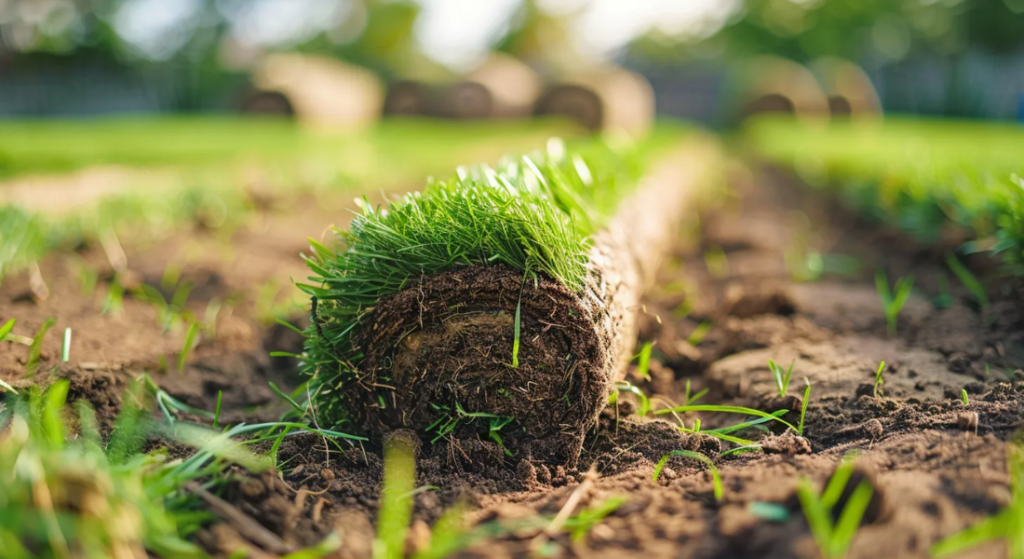
What Are the Advantages and Disadvantages of Sod?
Choosing sod for your lawn comes with several perks, but it also has some downsides.
The biggest advantage is that it gives you an instant lawn, which is perfect if you need quick results. Sod is especially useful for areas with erosion problems or slopes, where seeds might wash away before they have a chance to grow. It helps control soil erosion and can be installed quickly, making it a great option if you want immediate green coverage.
On the flip side, sod does have its drawbacks. It costs more upfront compared to seeding, and your choice of grass types is more limited.
Plus, after installation, the sod requires careful maintenance to help the roots establish properly. If not done right, poor installation can lead to issues with root development and result in an unhealthy lawn over time.
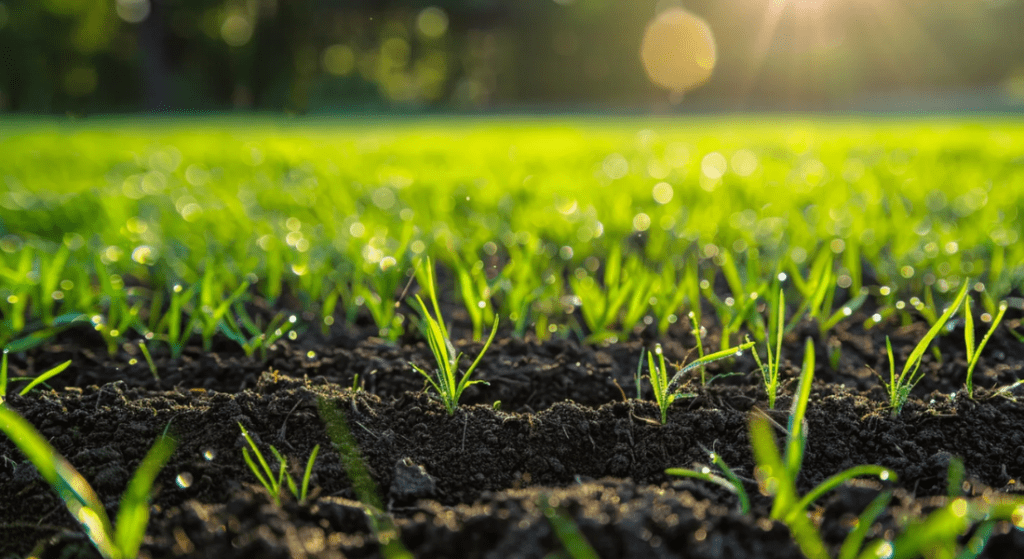
What Are the Advantages and Disadvantages of Seeding?
Seeding offers a different set of advantages and challenges compared to sodding. One of the primary benefits of seeding is the lower cost. Seeding allows for a wider selection of grass varieties, enabling you to choose the best type of grass for your specific climate and soil conditions. This customization can lead to a healthier, more resilient lawn in the long run.
On the downside, seeding requires more time and effort to achieve the desired results. A newly seeded lawn needs consistent care, including watering and protection from weed competition. The germination process can be slow, and you’ll need to be patient as your lawn gradually develops over several months.
How Do Sod and Seed Affect Lawn Maintenance?
Lawn maintenance is a crucial consideration when deciding between sod and seed. To choose between sod and seed for your lawn, think about how much care each one needs.
Sod gives you an instant lawn, so it needs less early care. But, you still need to water it often so the roots can grow into the soil. You also need to take care of it with things like mowing and feeding to keep it healthy.
Seeding takes more work at first. You need to water the new grass a lot to help it grow. You also have to be on the lookout for weeds that might steal nutrients from the young grass. Once the grass is grown, both sod and seeded lawns need similar care, but seeding requires more attention in the beginning.
What Are the Best Situations for Choosing Sod Over Seed?
Certain situations make sod the better choice for lawn establishment. If you’re dealing with a sloped area or a site with significant erosion problems, sodding is likely the best option. The instant coverage provided by sod helps prevent soil erosion and stabilizes the ground quickly.
Sod is also ideal for homeowners who want immediate results, such as those preparing their property for sale or hosting a major event. Additionally, if you live in a region with a short growing season, sod can help you establish a lawn before the weather turns unfavorable for seeding.
When is Seeding the Better Option?
Seeding is often the preferred method for those who are willing to invest time and effort into developing a lawn. It’s particularly advantageous in areas where you want to match the existing grass type, as you can choose a grass seed blend that complements your current lawn.
Seeding is also a great option for large properties where the cost of sod would be prohibitive. If you have the time to nurture a new lawn through its development, seeding allows for greater flexibility in terms of grass type and adaptability to local conditions. For those who prioritize cost savings and don’t need an instant lawn, seeding is an excellent choice.
How to Choose the Right Option for Your Lawn?
When choosing between sod and seed, consider your budget, how quickly you need results, and the condition of your lawn.
If you want a quick and reliable solution and are ready to spend a bit more, sod is the way to go. It gives you an instant lawn and is great for areas with erosion or where you need immediate coverage.
If you’re looking for a more budget-friendly option and don’t mind waiting a bit longer, seeding might be better. It’s more economical and lets you choose from a variety of grass types, which can lead to a healthier lawn in the long run.
So, think about your lawn goals, budget, and how much maintenance you’re willing to do. That’ll help you decide which option suits you best.
Expert Sod Installation by GreenLife Services
Looking for a quick way to get a lush, green lawn in Clarksville, TN? Our sod installation service at GreenLife Services is just what you need.
We carefully lay down fresh, high-quality sod to give your property an instant green makeover. With our service, you get a vibrant lawn right away—no waiting required.
Ready to transform your lawn with confidence? Contact us today to bring the green to your Clarksville home!
Key Takeaways
- Sod vs. Seed: Sod provides an instant lawn, while seeding requires more time to develop.
- Cost: Sod is more expensive upfront, while seeding is more cost-effective but requires more maintenance during establishment.
- Establishment Time: Sod is ready for use in a few weeks, while a seeded lawn needs a full growing season.
- Maintenance: Sod requires less initial maintenance, but seeding demands more attention to watering and weed control.
- Best Use for Sod: Ideal for slopes, areas with erosion problems, and situations requiring quick results.
- Best Use for Seed: Suitable for large areas, matching existing grass types, and budget-conscious homeowners.
- Climate and Soil Conditions: Sod is more adaptable to different conditions, while seeding allows for more customization based on local factors.
FAQ
Q. Is it better to lay sod or seed?
A. Sod is better for an instant lawn and quick results, especially on slopes or erosion-prone areas. Seed is more budget-friendly, offers more grass variety options, and can lead to a healthier lawn over time, but it takes longer to establish.
Q. Is it cheaper to buy grass seed or sod?
A. Grass seed is much cheaper than sod. While sod costs more due to being pre-grown and ready to lay, seed requires more time and care but is far more affordable.
Q. What are the pros and cons of sod?
Pros:
- Instant, usable lawn.
- Great for erosion control.
- Less initial maintenance.
Cons:
- Higher cost.
- Limited grass variety.
- Requires careful soil preparation.
Q. Can I lay sod on hard dirt?
A. You can, but it’s not ideal. Hard dirt needs to be loosened and prepared for sod to properly take root. Without proper preparation, the sod may struggle to grow.
By understanding the differences between sod and seed, you can make an informed decision that will help you achieve a healthy, vibrant lawn that meets your needs. Whether you choose to sod your lawn or opt for seeding your lawn, both methods can lead to a beautiful outdoor space with the right care and attention.
